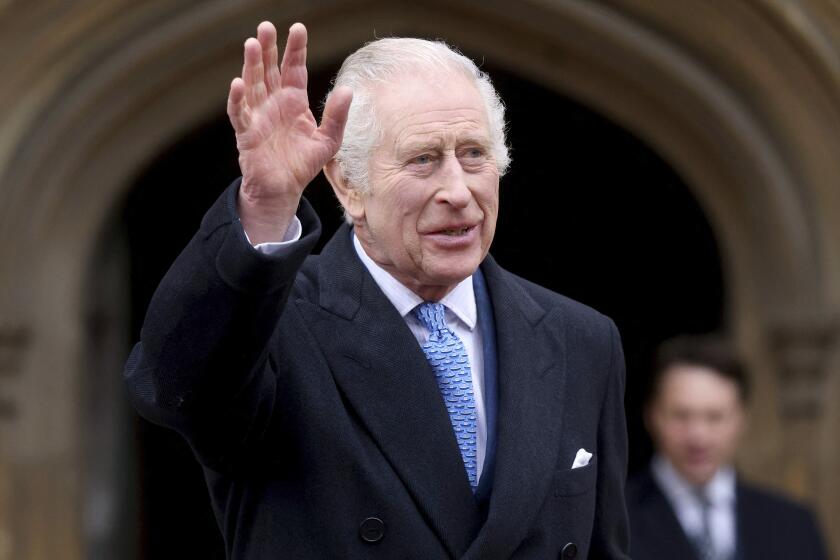Bolivians lay claim to treasure aboard sunken Spanish galleon
The dispute between Colombia and Spain over the $17 billion in gold and silver believed to be aboard a Spanish galleon that was sunk in 1708 off the Colombian city of Cartagena also involves Bolivia’s indigenous Qhara Qhara people, who say the loot is rightfully theirs.
The treasure carried by the San Jose was among the minerals mined on the iconic Cerro Rico mountain of Potosi in present-day Bolivia, the main source of wealth for Spain in colonial times.
“In the days of the Spanish invasion, that territory was under the rule of the Qhara Qhara nation. What is now called Cerro Rico (Rich Mountain) was known to us as Sumaq Urqu, which means Beautiful Mountain,” the leader of that community, Zenobio Fernandez, told EFE.
Sumaq Urqu for the indigenous people was a “waka,” a sacred place “that nobody was allowed to touch,” he said.
But the riches of the peak were exploited on an immense scale from 1545 onward with the arrival of the Spaniards, when it became the largest silver mine in the world as well as a source of other minerals.
The San Jose was sunk by a fleet of English pirates on June 8, 1708, as it sailed into the port of Cartagena carrying a load, according to chronicles of the period, of almost 11 million gold and silver coins.
When the discovery of the shipwreck was announced in December 2015, it sparked a dispute between Colombia and Spain, since Madrid claimed that since it was a “ship of state,” its ownership of the vessel was protected by United Nations regulations.
When they learned of the discovery, the Qhara Qhara in 2016 sent their top authority at the time, Samuel Flores, to meet with officials of the Colombian government.
Flores afterwards shared with authorities of the Qhara Qhara nation the information he gleaned during his trip and they decided to “take action,” according to Fernandez.
The first thing they did was to search for documents supporting their claim and proving that their people inhabited those territories long before the colonists, for which they relied on Bolivia’s National Library and Archives in Sucre and the National Mint in Potosi, among others.
They also availed themselves of texts by such writers as the Peruvian Waldemar Espinoza and England’s Tristan Platt, who both wrote in depth about the Qhara Qhara.
Fernandez said they also included a copy of the Memorial of Charcas, a complaint sent to Spain’s King Philip II in 1582 by the caciques of four indigenous nations, the Qhara Qhara being one of them, demanding “respect for our lands and protesting against the exaggerated amount of tribute we were paying.”
“So with all those documents and the wishes of our people, we have appeared before the Colombian government to do our diplomatic work,” he said.
On June 28, 2018, the indigenous peple presented to then-Colombian President Juan Manuel Santos documentation showing that the treasure of the San Jose galleon “belongs to the Qhara Qhara nation.”
This first legal action, for which they contracted a team of lawyers in Colombia, was answered with a question, according to Fernandez, asking that they explain certain aspects with more documentation.
The Qhara Qhara demand that Colombia’s president “acknowledge the collective ownership of the galleon” and allow them “to be part of the team that is going to retrieve its cargo.”
Specifically, the latest news in the case was the announcement by the Ivan Duque government on March 6 that it will prolong the suspension in order to contract the company that will retrieve the galleon’s treasure.


